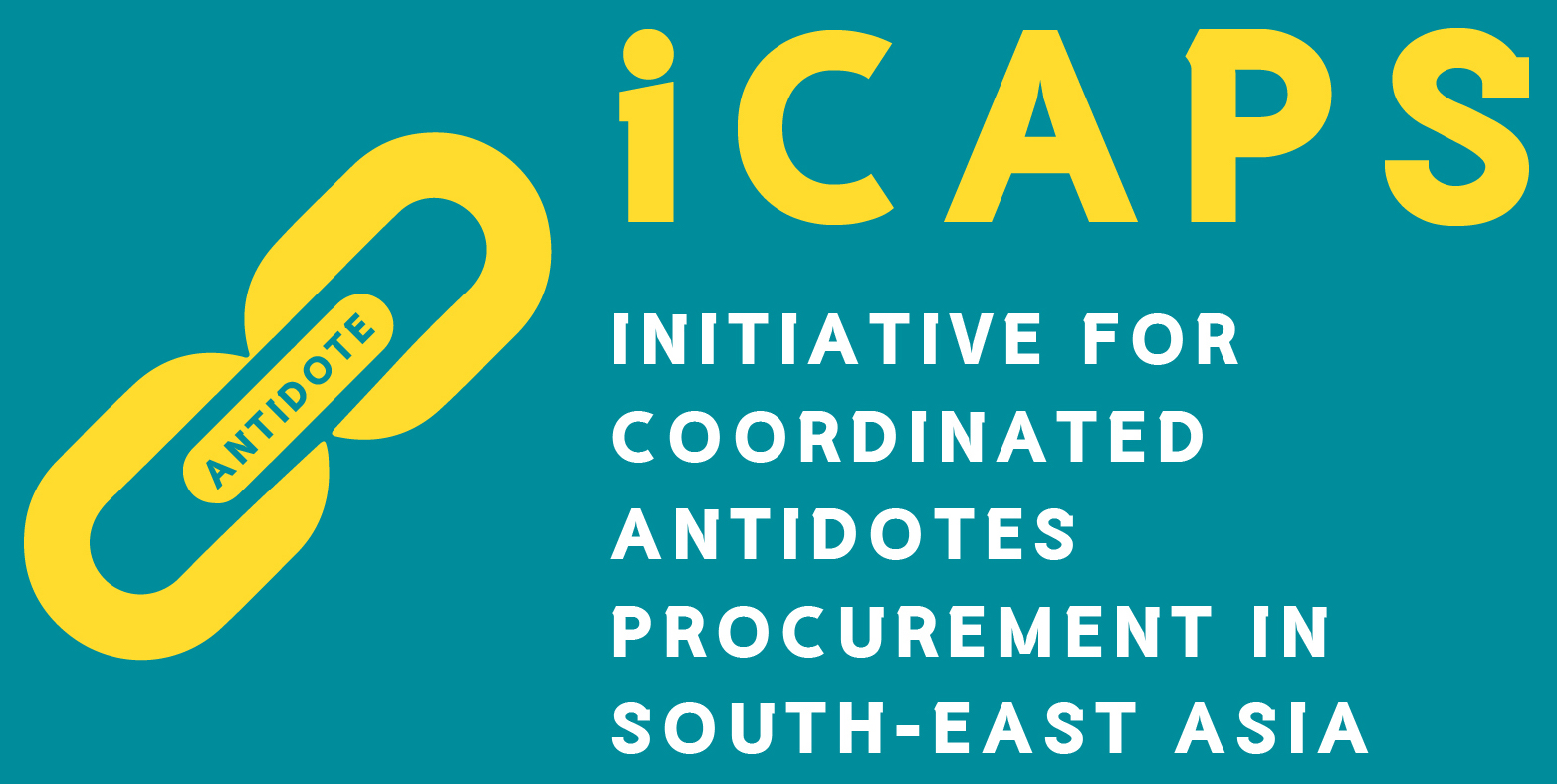|
|
|
|---|
Uses
-
poisoning by heavy metals, particularly lead and copper; Wilson disease; severe rheumatoid arthritis
Contraindications
-
hypersensitivity; - Breastfeeding, Penicillamine-related aplastic anemia or agranulocytosis
Precautions
-
Bone marrow suppression and blood dyscrasias, renal impairment (monitor blood counts and urine tests throughout treatment ); pregnancy, breastfeeding (Lack of human safety information, infant risk cannot be rule out) avoid concurrent other hematopoiesis-depressant drug (eg. Gold salt, chloroquine or immunosuppressive agent), avoid oral iron within 2 hours of a dose; penicillin hypersensitivity (risk of cross-reactivity) patients may require a daily supplement of pyridoxine during treatment
Pregnancy category: D
Administration
-
oral route with empty stomach, 1 hour before or 2 - 3 hours after meal or at least 1 hour apart from any other drug, food or milk
Dose
-
Lead poisoning, by mouth,
-
ADULT 1 – 1.5 g daily in three or four divided doses before food
-
CHILD (blood lead level (BLL) < 45 mcg/dL), 20 - 30 mg/kg daily in 3 - 4 divided doses.
-
Elderly 20 mg/kg divided dose.
-
-
Initiating treatment at 25% of this dose and gradually increasing to the full dose over 2 - 3 week for minimized ADRs. In children may be start dose with 15 mg/kg for minimized ADR
Adverse effects
-
initially nausea (less of a problem if taken with food and on retiring), anorexia, fever and skin reactions; taste loss (mineral supplements not recommended); blood disorders including thrombocytopenia, leukopenia, agranulocytosis, and aplastic anaemia; proteinuria, rarely haematuria (withdraw immediately); haemolytic anaemia, nephrotic syndrome, lupus erythematosus-like syndrome, myasthenia gravis-like syndrome, polymyositis (rarely with cardiac involvement), dermatomyositis, mouth ulcers, stomatitis, alopecia, bronchiolitis and pneumonitis, pemphigus, Goodpasture syndrome, and Stevens-Johnson syndrome also reported; male and female breast enlargement reported; in non-rheumatic conditions rheumatoid arthritis-like syndrome also reported; rash early in treatment (usually allergic – may need temporary withdrawal), late rash (reduce dose or withdraw treatment).
Reference:
- Kearney TE. Penicillamine. In: Olson KR, Anderson IB, Benowitz NL, Blanc PD, Clark RF, Kearney TE, et al., editors. Poisoning & Drug Overdose. 7th ed. New York: McGraw-Hill Education; 2018. p. 601-2.
- Calello DP, Henretig FM. Lead. In: Lewis S. Nelson, Howland MA, Lewin NA, Smith SW, Goldfrank LR, Hoffman RS, editors. Goldfrank’s Toxicologic Emergencies. 11th ed. New York: McGraw-Hill Education; 2019. p. 1292-1308.
- World Health Organization. WHO guideline for clinical management of exposure to lead [Internet]. Geneva: World Health Organization; 2021. Available from: https://www.who.int/publications/i/item/9789240036888.

